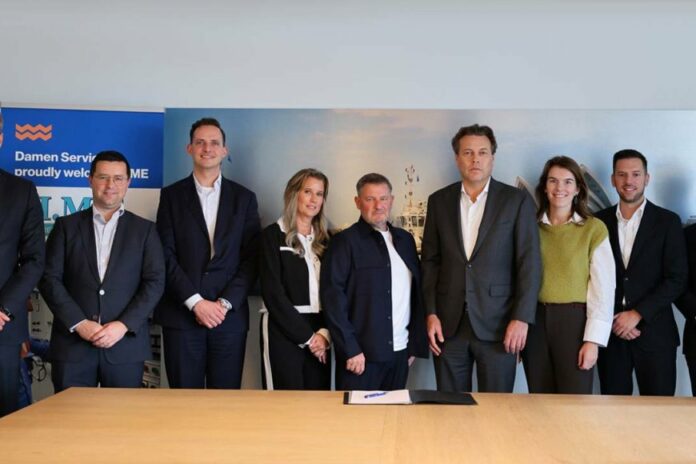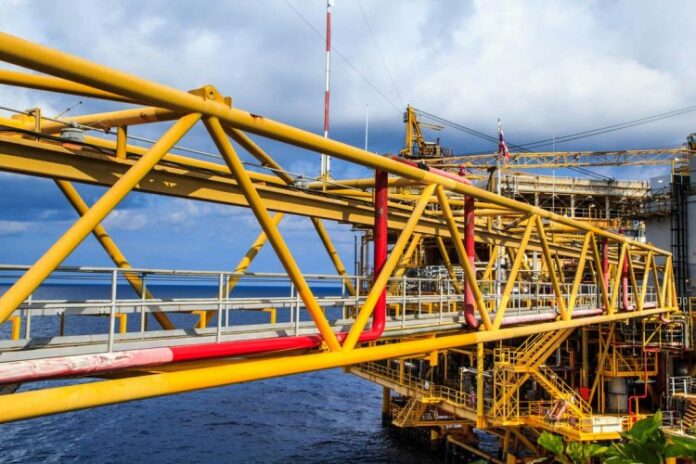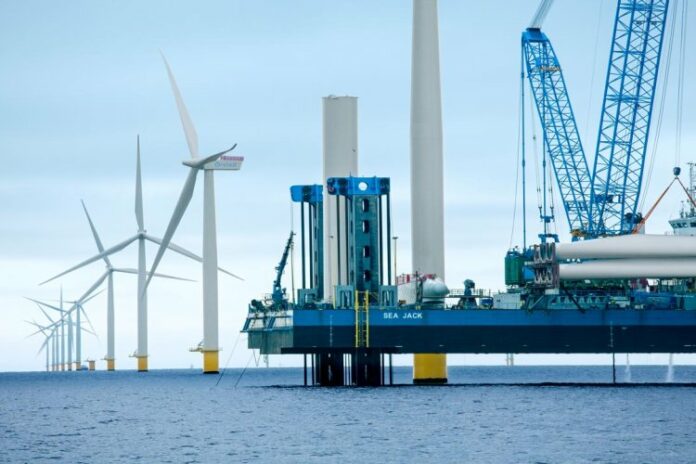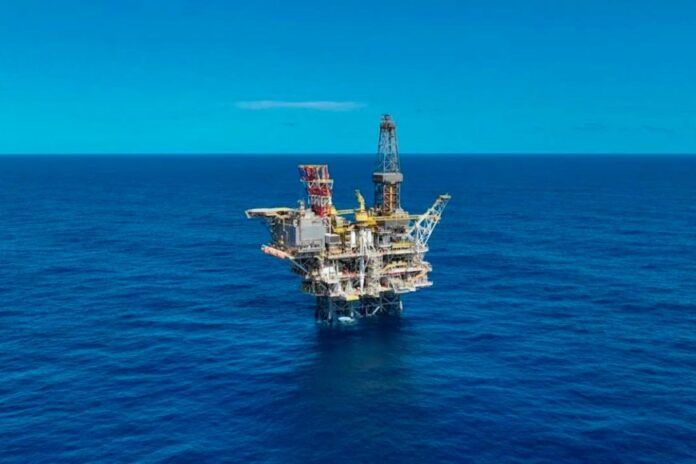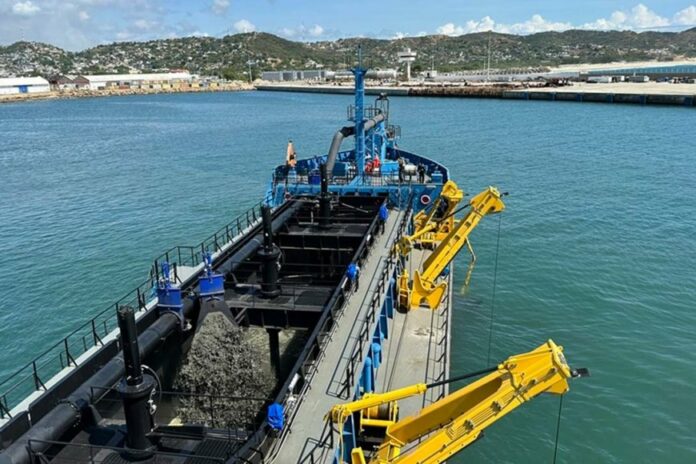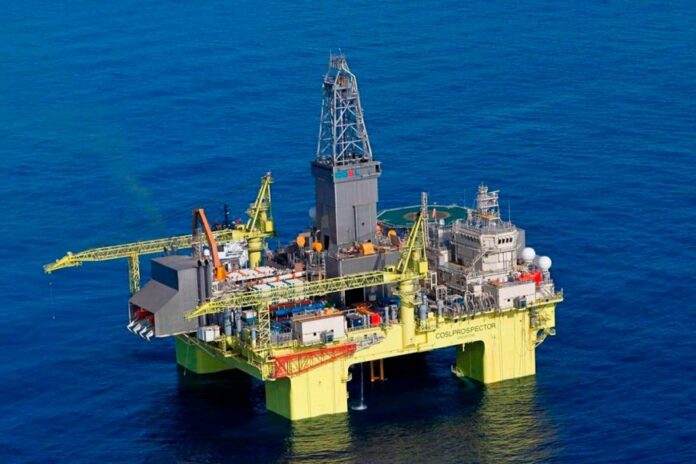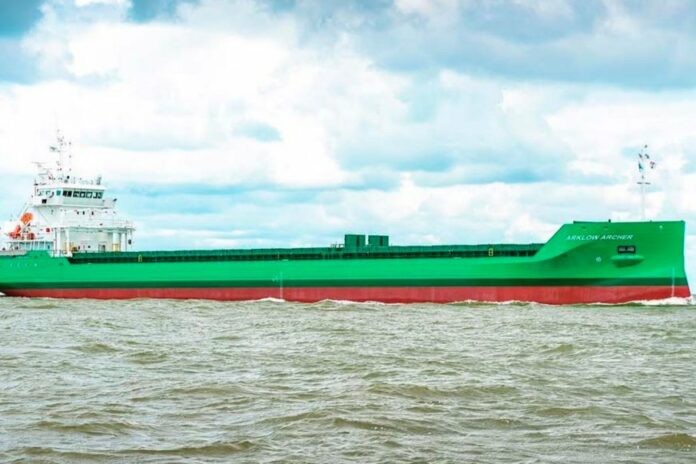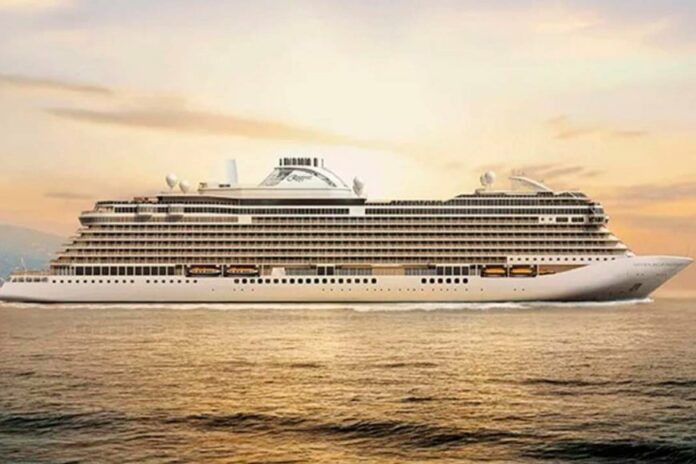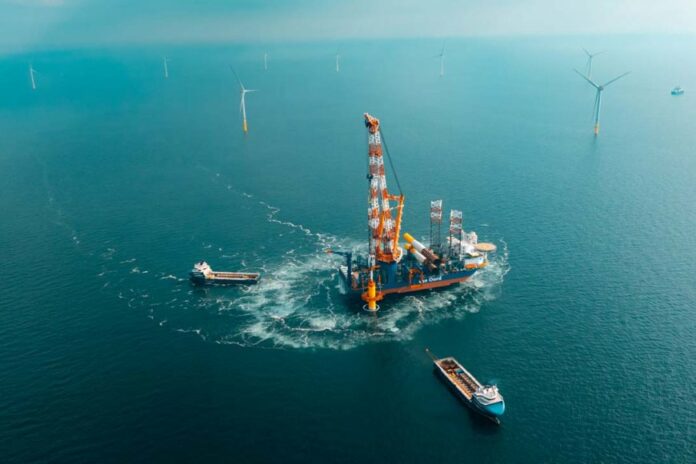With this step, Damen’s UK customers are assured of access to prompt on-site support, mechanical and electrical engineering, docking services, parts supply, and maintenance for both Damen and non-Damen vessels.
Edwin van der Poel, Director at Damen Services UK, said: “This development demonstrates the close synergy between our two organisations during the past years. We have cooperated well together, growing our relationship and aligning our values and standards. By bringing I.M.E into the Damen Services family, we take the next step in the development of our services offering to our UK-based clients, ensuring them of seamless, round-the-clock support they can count on.”
Paul Langford, Founder and Managing Director of I.M.E, said: “From the very beginning, our collaboration with Damen Services and Michael Nolan, Service Hub Manager UK, has felt like a natural fit. We share a commitment to quality, responsiveness, and putting the customer first. Becoming part of the Damen Services family is a great step for us at I.M.E, and we’re excited to continue delivering exceptional service, now with even greater reach and resources behind us.”
Damen opened its UK Service Hub in 2021 with the aim of providing lifecycle support to operators of Damen vessels in the region. The company operates a global network of such hubs, offering its clients fast and reliable local services.
When planning to open its UK Service Hub, Damen Services selected the strategic location of Southampton due to its proximity to the marine traffic and large number of work boats in the English Channel area.
As is the practice of Damen Shipyards Group in its international operations, the Service Hub aimed to work, wherever possible, with local suppliers. This brought Damen Services into frequent contact with I.M.E, the two parties sharing a number of clients in common.
Founded in 2006, I.M.E specialises in the provision of 24/7 repair and maintenance support to clients in the maritime and energy sectors. Its services cover everything from day-to-day breakdowns to turnkey projects.
In 2023, the close cooperation between Damen Services and I.M.E led to the two companies signing an MoU. With this, Damen Services received access to I.M.E’s facilities, including office space, workshop, yard and equipment, and was able to grow its service operations in the UK.

